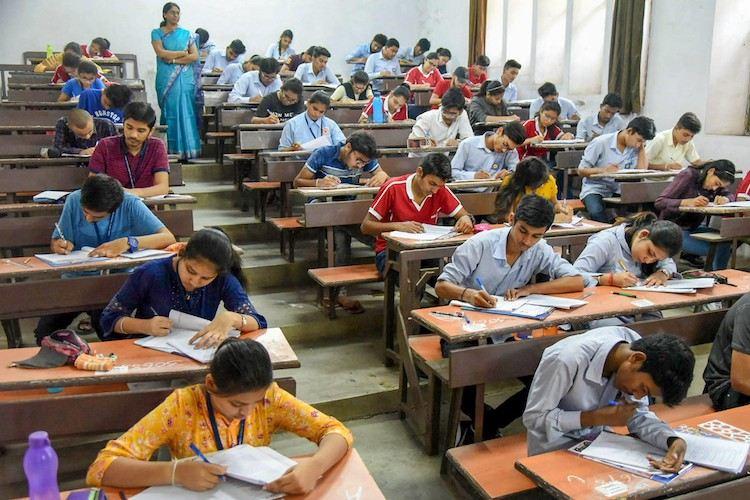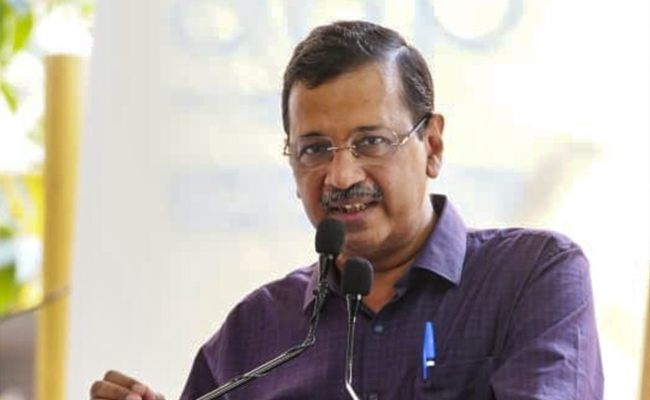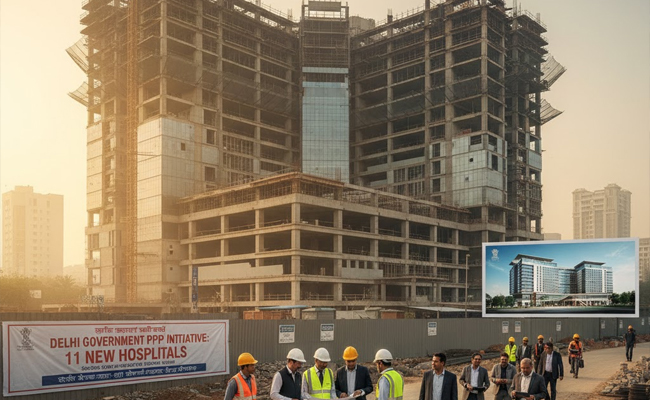New Delhi: A plea in the Supreme Court on Thursday sought postponement of JEE (Main) April 2020 and NEET-Undergraduate examinations, which are scheduled to be conducted in September, amid spurt in the number of COVID-19 cases in the country.
While referring to the coronavirus pandemic, the plea has sought quashing of July 3 notices issued by the National Testing Agency (NTA), by which it was decided to conduct Joint Entrance Examination (Main) April 2020 and National Eligibility-cum-Entrance Test (NEET)-Undergraduate exams in September.
The plea, filed by 11 students belonging to 11 states, said that the authorities be directed to conduct these exams only after the normalcy is restored.
As per the public notices issued by the NTA, JEE (Main) April 2020 is scheduled from September 1-6, while NEET UG 2020 exam is scheduled for September 13.
The plea, filed through advocate Alakh Alok Srivastava, has also sought direction to the authorities to increase the number of examination centres for these exams.
"Conducting the aforesaid examination across India at such perilous time, is nothing else but putting lives of lakhs of young students (including petitioners herein) at utmost risk and danger of disease and death. The best recourse at this stage can be to wait for some more time, let COVID-19 crisis subside and then only conduct these exams, in order to save lives of the students and their parents," the plea said.
It claimed that NTA, which conducts entrance exams for admission in higher educational institutions in India, has decided to conduct JEE (Main) April-2020 through online mode and NEET UG-2020 exams through offline mode at 161 centres across India.
It alleged that NTA has indefinitely postponed the National Council of Hotel Management Joint Entrance Examination-2020, which was scheduled to be conducted on June 22, in wake of the COVID-19 pandemic.
"While deciding to conduct the aforesaid JEE (Main) April-2020 and NEET UG-2020 exams in the month of September, 2020, the respondents (NTA and others) have overlooked that many states have refused to allow conducting of any professional or non-professional exams in their states at this stage and hence the same is likely to cause unimaginable harassment to the petitioners and other similarly situated students," it said.
"It is respectfully submitted that the students who are well equipped with computer and strong internet connection will give online exams while in other hand the students who are unable to give and arrange online exams, will have to come to exam centres by risking their lives. This is a discrimination between students which must be avoided," it claimed.
The plea has alleged that concerned authorities have ignored the plight of lakhs of students from Bihar, Assam and north eastern states, which are presently reeling under flood, and conducting either online or offline exams in such places may not be possible.
Let the Truth be known. If you read VB and like VB, please be a VB Supporter and Help us deliver the Truth to one and all.
Panaji (PTI): As part of a crackdown against tourist establishments violating laws and safety norms in the aftermath of the Arpora fire tragedy, Goa authorities on Saturday sealed a renowned club at Vagator and revoked the fire department NOC of another club.
Cafe CO2 Goa, located on a cliff overlooking the Arabian Sea at Vagator beach in North Goa, was sealed. The move came two days after Goya Club, also in Vagator, was shut down for alleged violations of rules.
Elsewhere, campaigning for local body polls, AAP leader Arvind Kejriwal said the fire incident at Birch by Romeo Lane nightclub at Arpora, which claimed 25 lives on December 6, happened because the BJP government in the state was corrupt.
An inspection of Cafe CO2 Goa by a state government-appointed team revealed that the establishment, with a seating capacity of 250, did not possess a no-objection certificate (NOC) of the Fire and Emergency Services Department. The club, which sits atop Ozrant Cliff, also did not have structural stability, the team found.
The Fire and Emergency Services on Saturday also revoked the NOC issued to Diaz Pool Club and Bar at Anjuna as the fire extinguishers installed in the establishment were found to be inadequate, said divisional fire officer Shripad Gawas.
A notice was issued to Nitin Wadhwa, the partner of the club, he said in the order.
Campaigning at Chimbel village near Panaji in support of his party's Zilla Panchayat election candidate, Aam Aadmi Party leader Kejriwal said the nightclub fire at Arpora happened because of the "corruption of the Pramod Sawant-led state government."
"Why this fire incident happened? I read in the newspapers that the nightclub had no occupancy certificate, no building licence, no excise licence, no construction licence or trade licence. The entire club was illegal but still it was going on," he said.
"How could it go on? Couldn't Pramod Sawant or anyone else see it? I was told that hafta (bribe) was being paid," the former Delhi chief minister said.
A person can not work without bribing officials in the coastal state, Kejriwal said, alleging that officers, MLAs and even ministers are accepting bribes.





